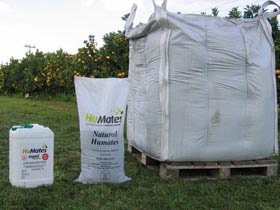London: They are the most despised of all insects, but an Indian origin biologist has said that cockroaches are essential to the survival of our planet's delicate ecosystem.
According to Srini Kambhampati, professor and chair of the biology department at the University of Texas at Tyler, the disappearance of cockroaches would play havoc with the nitrogen cycle.
“Most cockroaches feed on decaying organic matter, which traps a lot of nitrogen. Cockroach feeding has the effect of releasing that nitrogen (in their feces) which then gets into the soil and is used by plants,” the Daily Mail quoted Professor Kambhampati, a leading expert on roaches, as telling the Huffington Post.
“In other words, extinction of cockroaches would have a big impact on forest health and therefore indirectly on all the species that live there,” she stated.
The professor also warned that the Earth's 5,000 to 10,000 cockroach species are also an important source of food for many birds and small mammals like mice and rats. 
In turn, these predators are themselves prey to many other species like cats, coyotes, wolves and reptiles, as well as eagles and other birds of prey.
Thus, any cut to the number of roaches would have a cascading effect on the wellbeing of all these species that could have a devastating effect on wildlife across the world.
Luckily, there's not much chance of a cockroach extinction level event happening any time soon.
Still, although it was once reckoned that they would be one of the few creatures to survive even a nuclear Third World War, that myth has since been debunked


